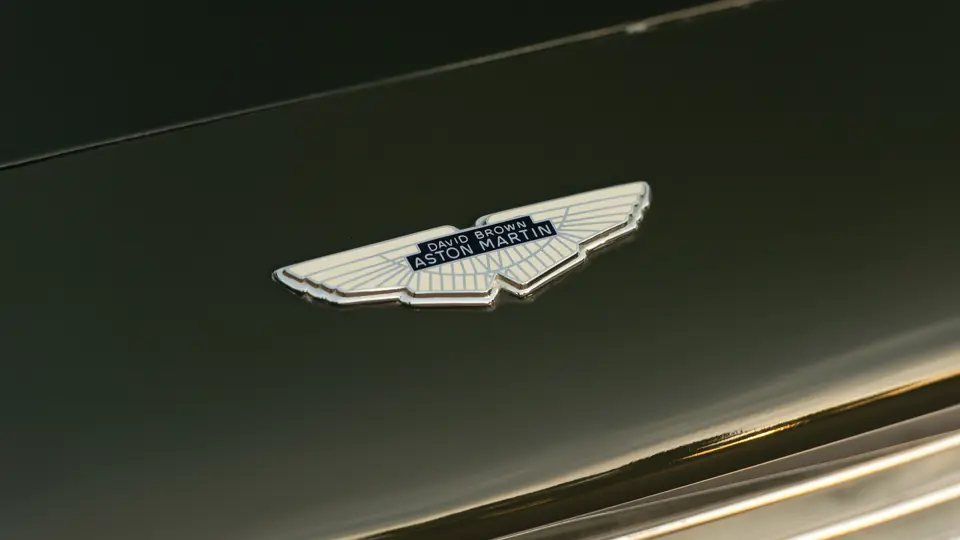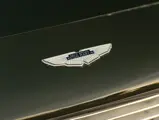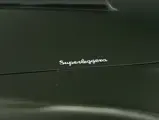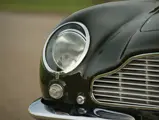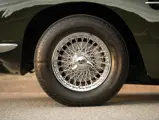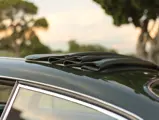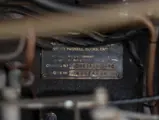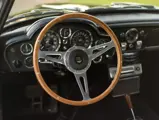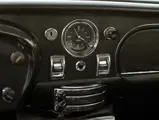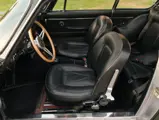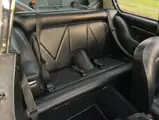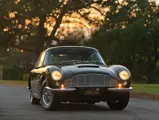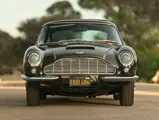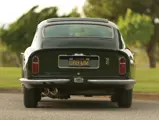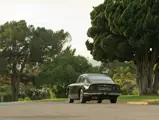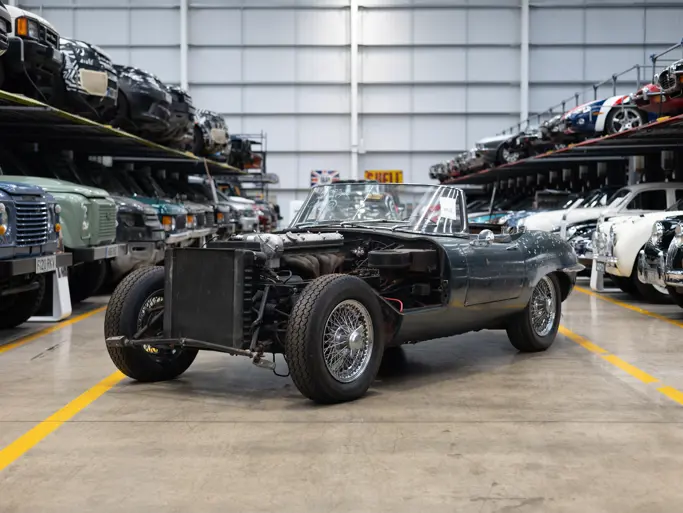282 bhp, 3,995 cc DOHC inline six-cylinder engine with triple SU side-draft carburetors, three-speed Borg-Warner automatic transmission, independent front suspension with coil springs and shock absorbers, live rear axle with trailing links, Watts linkage, coil springs, and driver-adjustable shock absorbers, and power-assisted four-wheel disc brakes. Wheelbase: 101.5 in.
The Aston Martin DB6 was introduced at the London Motor Show in October 1965 as the successor to the famed DB5, and it is considered by many to be one of the finest grand tourers ever produced. It was boosted along by a powerful four-liter, twin-cam, inline six-cylinder engine with an aluminum alloy block, seven main bearings, and a deep-breathing cross-flow head, as dreamed up by brilliant engineer Tadek Marek. This was a genuine 140-mph automobile that could also carry four adults comfortably in improved seats that were set on its stretched 101.5-inch wheelbase chassis. A 22-gallon fuel tank offered decent mileage for high-speed travel, while Armstrong Selectaride rear shock absorbers could be adjusted from the driver’s seat, compensating for the weight of the rear-seat passengers.
Styling bore a familial resemblance to the DB5 due to the aerodynamic, competition-style covered headlights, but the DB6 had a taller roofline and a less steeply raked windshield, improving occupant headroom. Its distinctive squared-off Kammback tail with an upswept spoiler lip was not unlike that of its rival, the Ferrari 275 GTB/4, and it reduced rear-lift while also improving high-speed handling. A broad air scoop on the hood and a pair of air vents on the front fenders added to the rakish image.
The build sheet for this DB6, a copy of which, supplied by Aston Martin Dorset, is on file, records it as having had its guarantee issued on August 14, 1969. It was purchased new by Production Pattern & Engineering Co. Ltd., of Blyth Road, Hayes, Middlesex, presumably as executive transportation. The body was finished in Velvet Green, with matching Connolly leather and Sherwood Bronze carpeting. Numerous “Non-Standard Equipment” is recorded, including chrome road wheels, a heated rear window, power-assisted steering, front seat belts, three-ear hubcaps, and a power-operated aerial. While a “sliding roof” is not selected on the build sheet, the Webasto Everflex sunroof presently installed is of the factory type and has been present on the car for many years.
Dorset records further note continued service to the car through late August 1970, during which the DB6 was thoroughly sorted by factory technicians. The car was eventually exported to the United States and appropriately professionally converted to its present left-hand-drive configuration.
Overall, the car has the appearance of superb originality and authenticity, having been left as a “survivor.” It is believed to have been repainted some time ago, but its interior is of the original Connolly leather, with just enough wear to invite one within. The car would require some restoration work, however, to be brought up to a concours level. The original chassis number plate is still intact, and the engine is still the original unit, as installed by the factory and noted on the Dorset paperwork. Much recent sorting has been performed by an experienced British mechanic who is located near the owner’s home in California. As the owner notes, “With automatic transmission and left-hand drive, it is very desirable as an easy, nice driver.”
For continental touring in high style, there is still no better choice than this swift, lovingly patinated “gentleman’s express.”




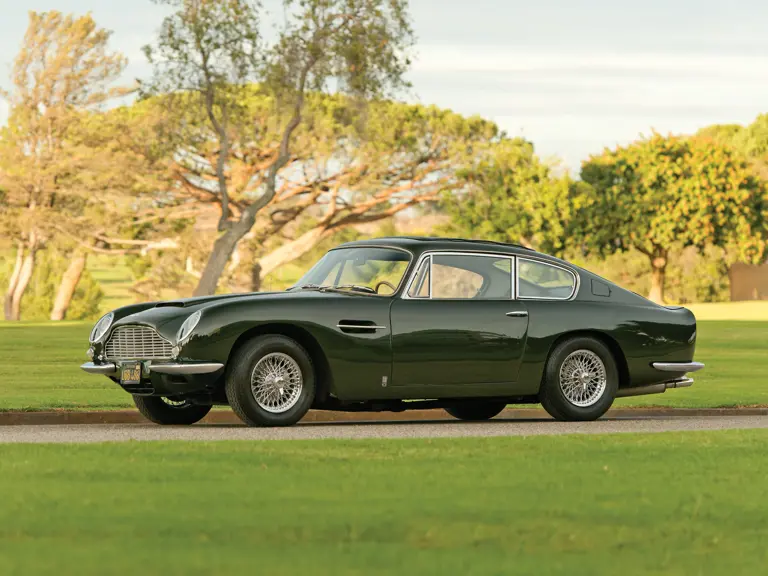
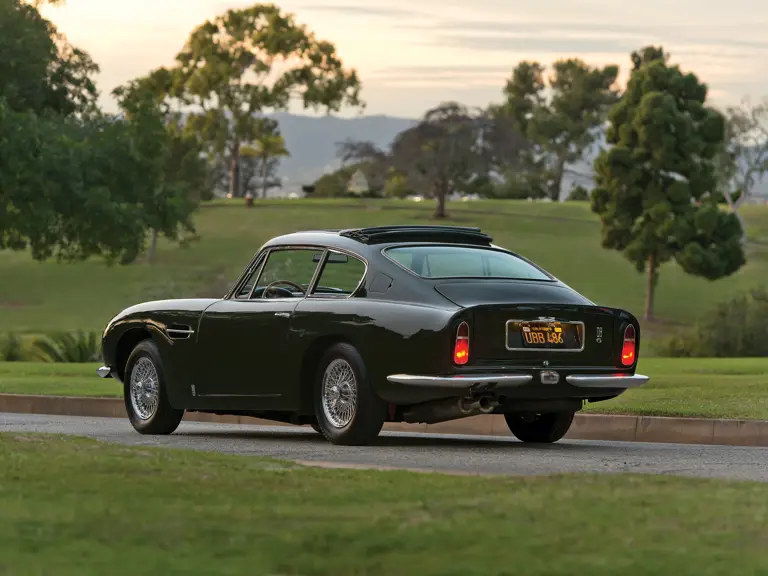

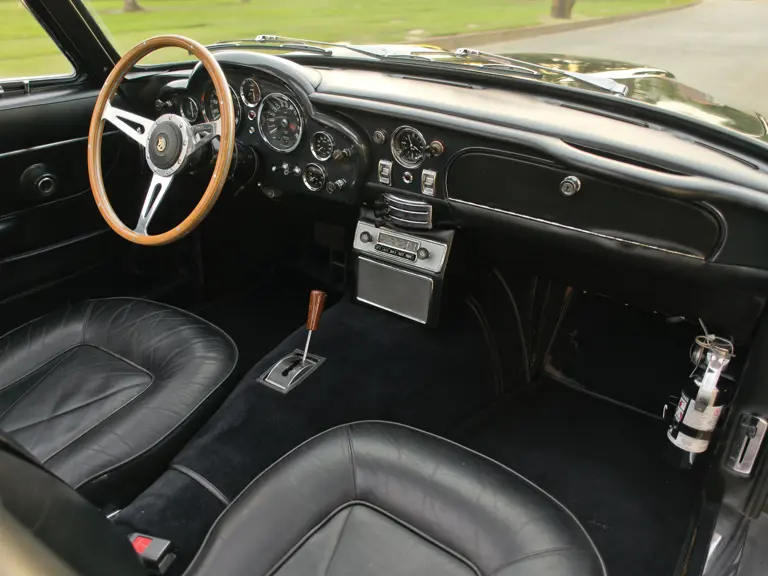
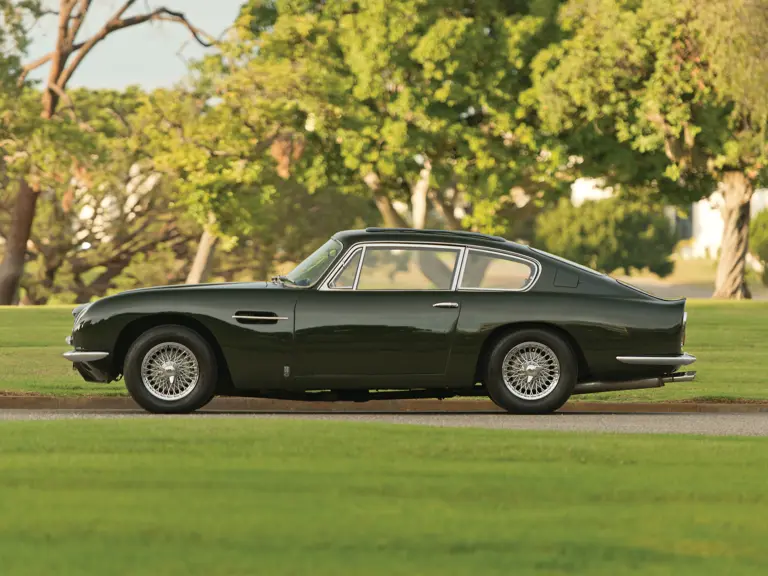
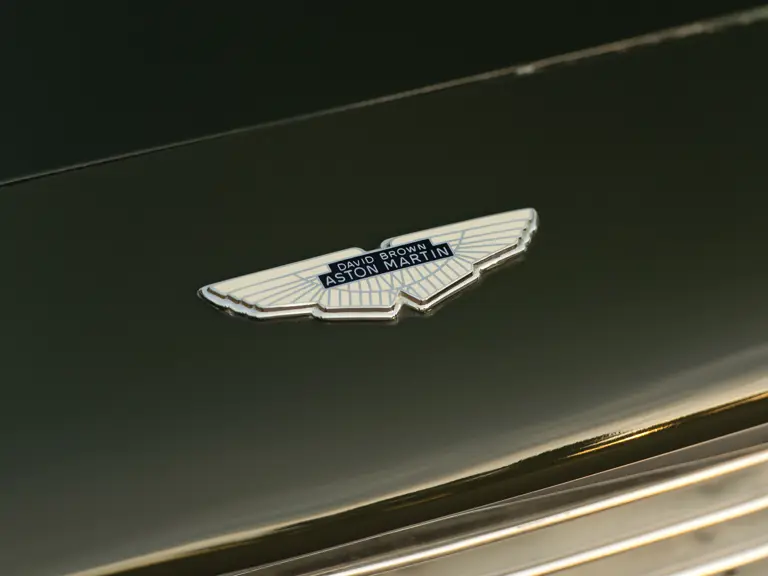
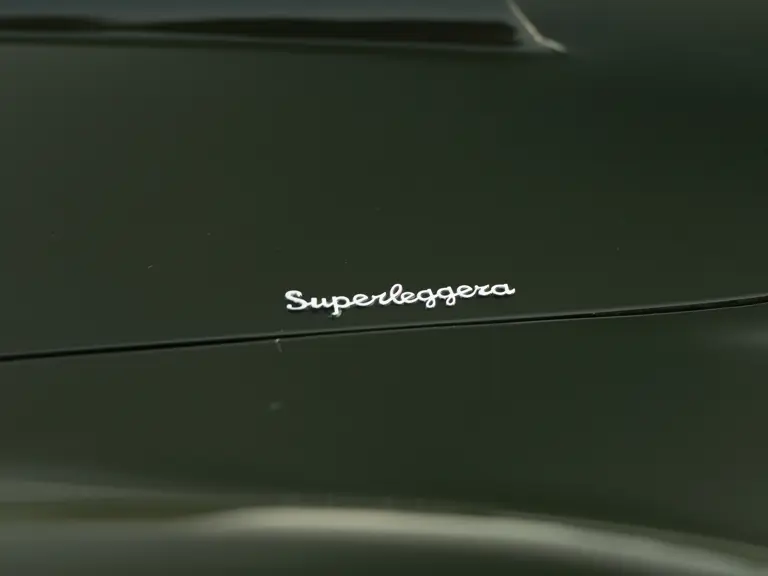


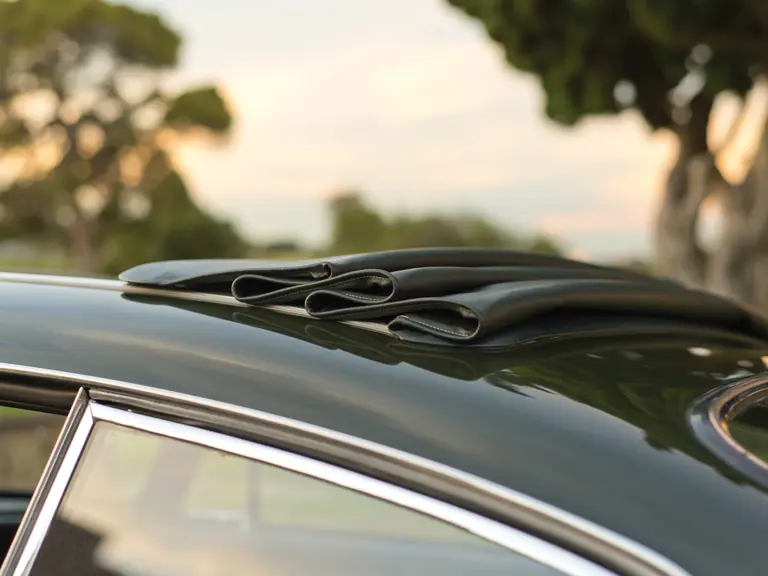
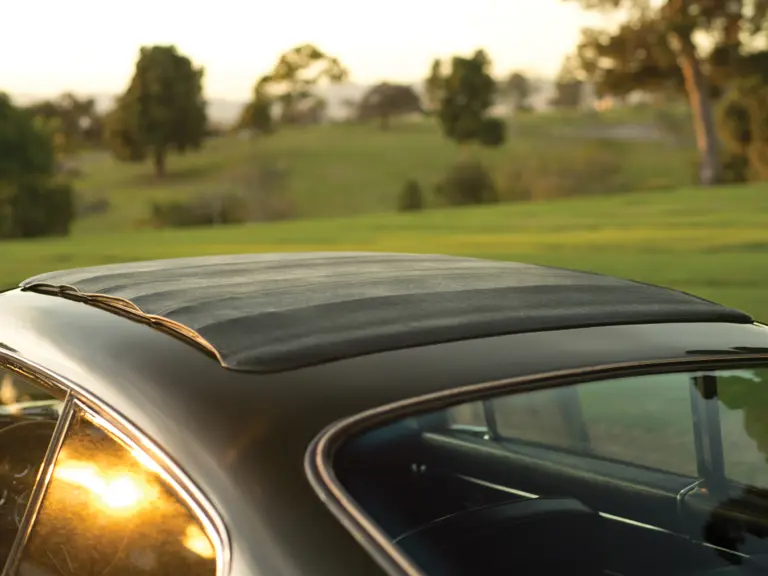
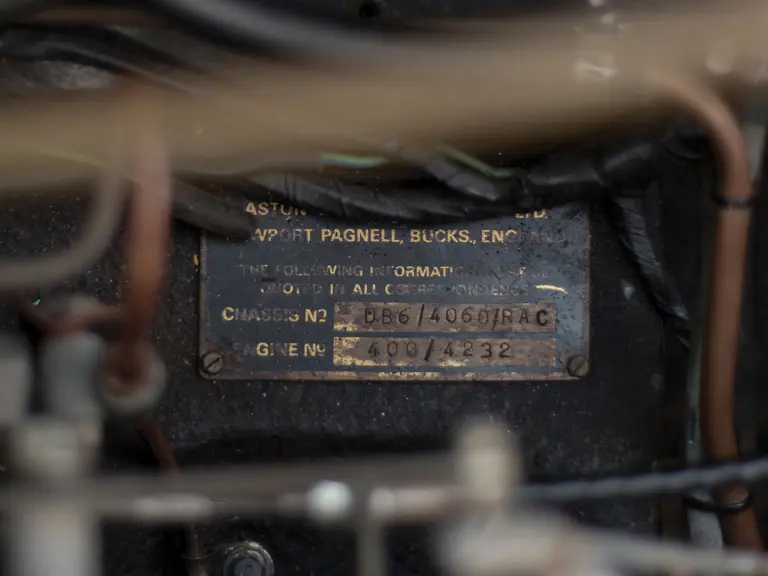
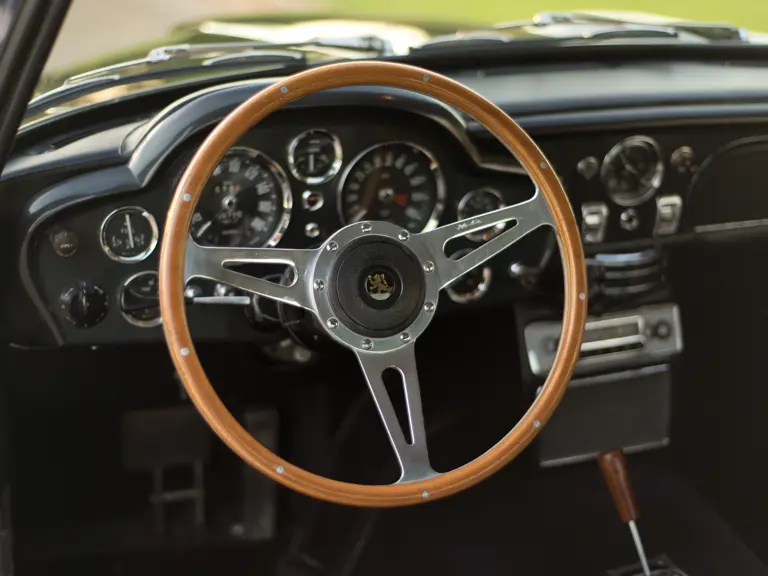
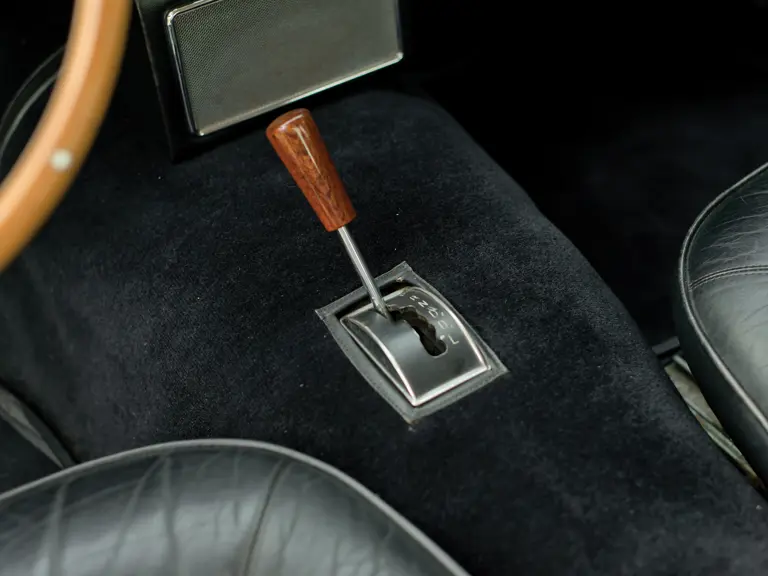
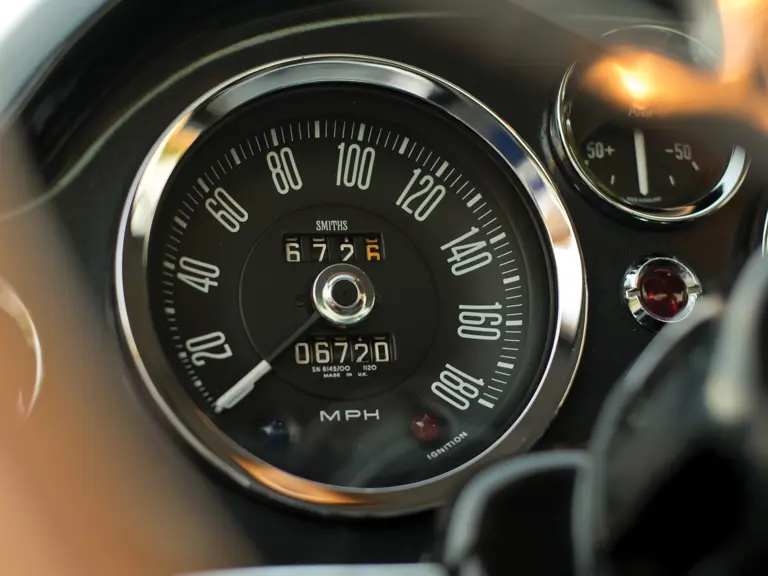
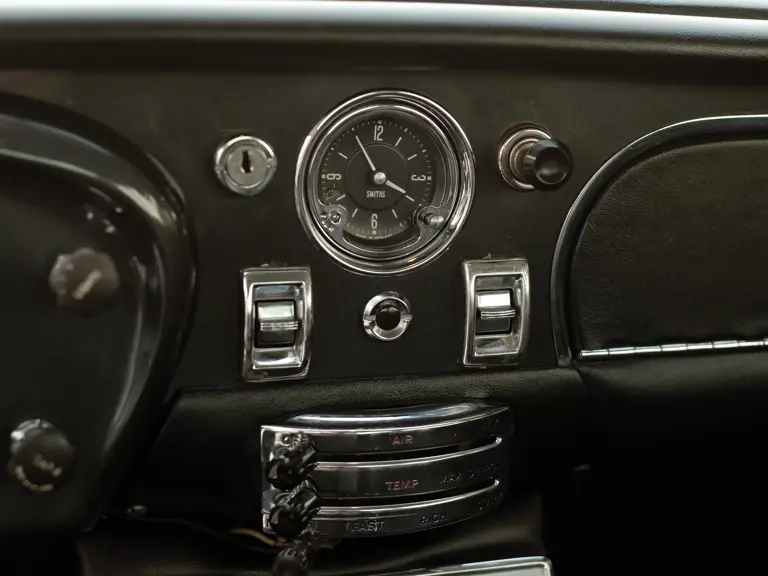
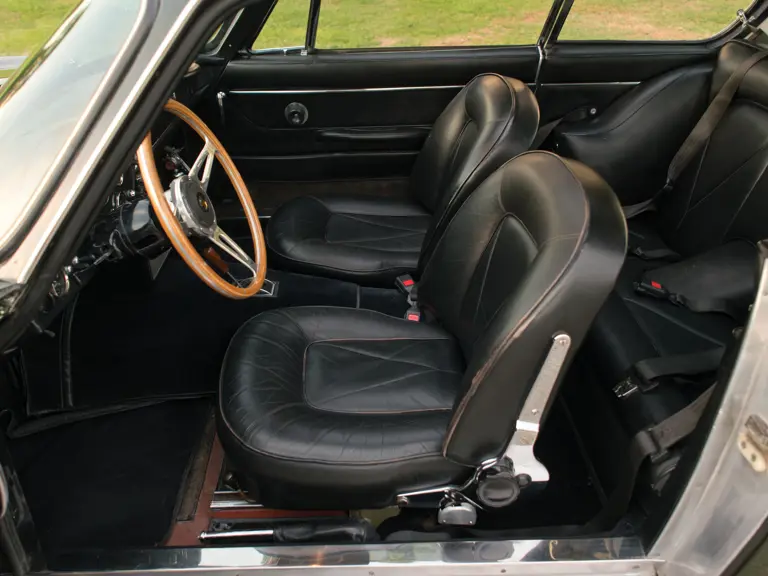
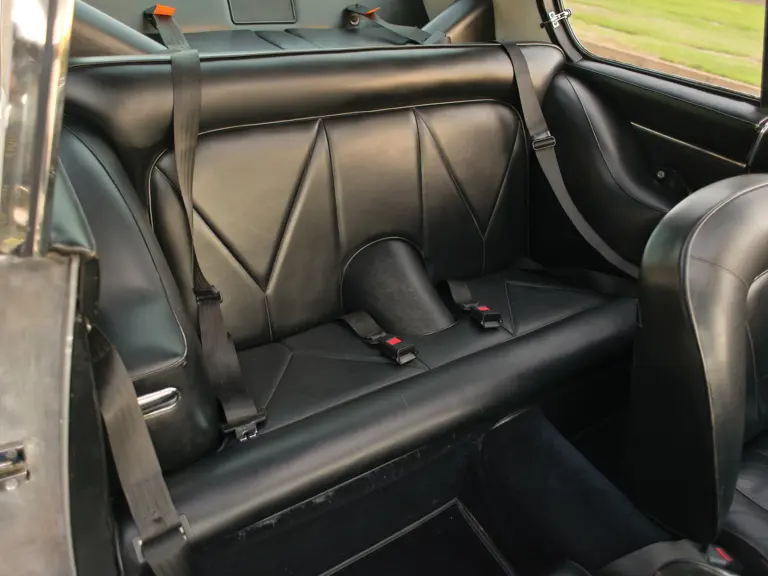


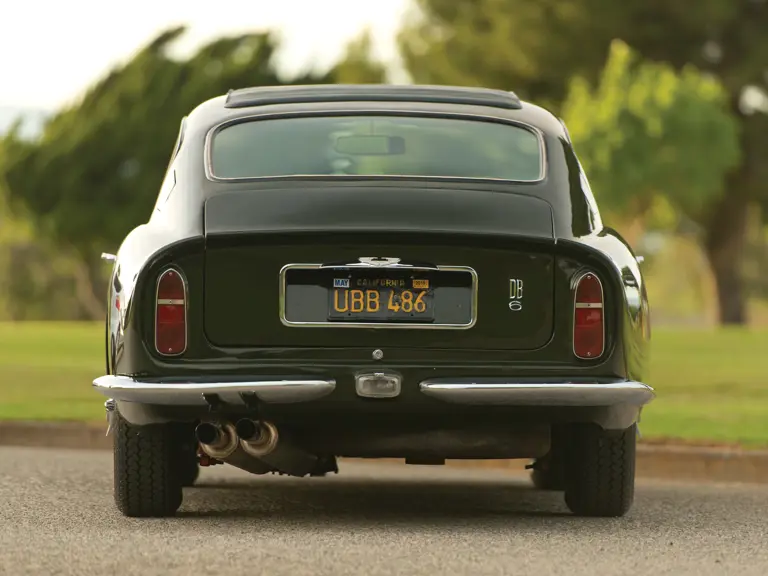
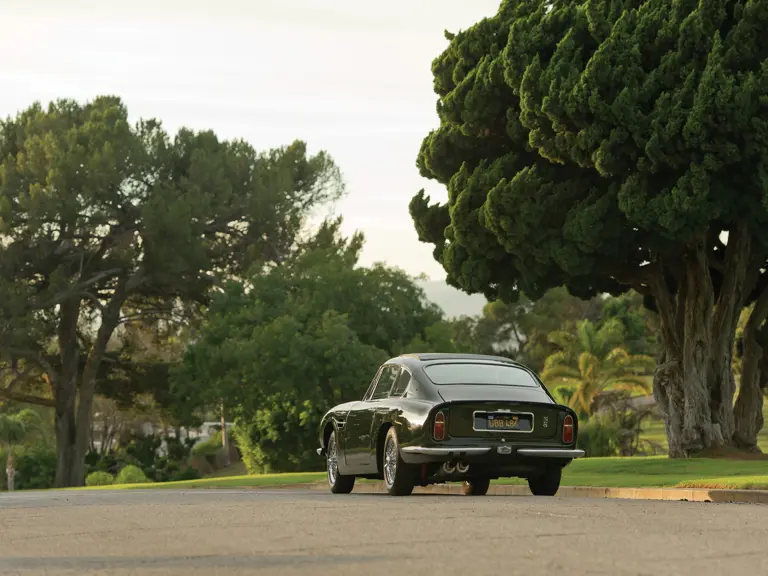
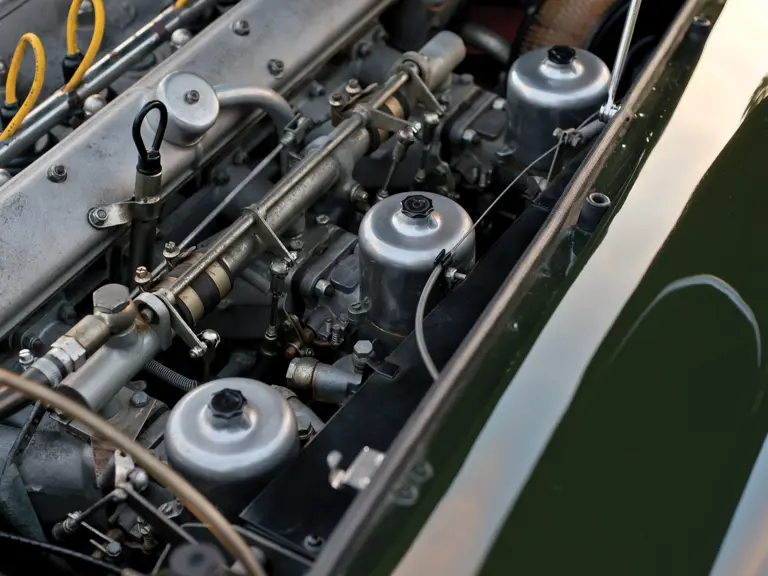

 | Phoenix, Arizona
| Phoenix, Arizona

